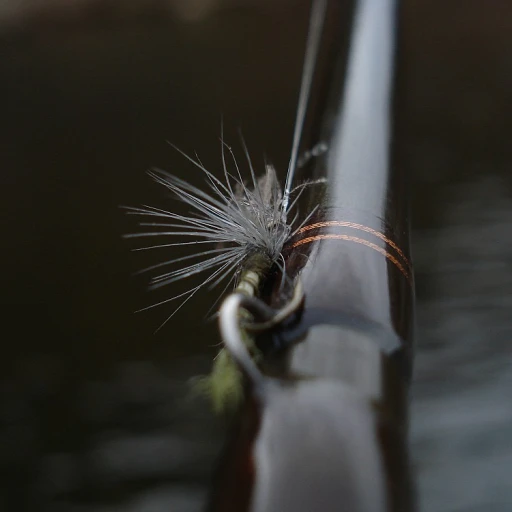
Introduction to fish reproduction
Introduction to fish reproduction
Ever wondered how fish reproduce? It's a mind-blowing process bringing new life to our ponds, rivers, and oceans. Fish species use a variety of reproductive strategies. These include spawning, sexual, and even asexual reproduction. With diverse environments like deep sea, Atlantic, and freshwater, fish have adapted unique ways to ensure survival of their offspring.
From the female's large yolk sac to the sperm-producing males, reproductive organs play a crucial role in fish reproduction. While some species produce massive numbers of eggs, others, like certain sharks and rays, have a more intricate method. Ever heard of Betta fish? Their reproductive process is fascinating and involves male fish building bubble nests for the eggs.
Ghost nets pose a significant threat to the reproductive success of many fish species. It's not just the quantity of fish eggs or sperm; the environment and threats like ghost nets play a massive role in reproductive success. So, whether it’s a Betta in your aquarium or a deep-sea fish, understanding how fish reproduce adds a whole new layer of appreciation to fishkeeping and conservation.
Spawning: the most common method of reproduction
The importance of timing and conditions
Spawning is the primary method through which fish reproduce. During spawning, fish release eggs and sperm into the water, a process also known as external fertilization. Timing and environmental conditions play a critical role in the success of this reproductive strategy. Spawning usually takes place under specific conditions, such as water temperature, availability of food, and the lunar cycle.
According to a study by the Journal of Fish Biology, up to 85% of fish species rely on these external cues to trigger spawning activities. A prime example is the Atlantic Salmon (Salmo salar), which begins its spawning when water temperatures drop to about 10 degrees Celsius (50 degrees Fahrenheit).
Spawning grounds: where the magic happens
Different species choose varied spawning grounds to lay their eggs. Freshwater species like the Rainbow Trout (Oncorhynchus mykiss) prefer gravelly streambeds, while marine species may select coral reefs or seaweed beds. For instance, research published by Environmental Biology of Fishes shows that coral reefs provide an ideal habitat for a range of reef fish to reproduce due to abundant food and shelter conditions.
It's crucial for anglers to understand these spawning grounds to avoid fishing practices that might disrupt these critical areas. For more insights on how your fishing practices might impact aquatic ecosystems, click here.
The incredible journey of migration
Some fish species undertake incredible migrations to reach their spawning grounds. The aptly named Salmon exemplifies this as they swim upstream from the ocean back to their natal freshwater streams. A study published in PNAS elaborates on how Salmon use their olfactory senses to navigate thousands of miles back to their birth streams.
In contrast, other species like the European Eel (Anguilla anguilla) make the reverse journey, migrating from freshwater rivers across Europe to the Sargasso Sea in the Atlantic Ocean to spawn.
Spawning behavior and strategies
Fish exhibit varied behaviors during spawning. Males and females often engage in complex courtship rituals to attract mates. In species like the Betta fish (Betta splendens), males create bubble nests on the water’s surface, where females lay their eggs.1 Other species, such as certain Coral Reef fishes, engage in 'broadcast spawning,' releasing millions of eggs and sperm into the water column to increase the chances of successful fertilization.2
Spawning is a critical process in the lifecycle of fish, underpinning the sustainability of fish populations. However, many challenges, from environmental changes to human activity, threaten this delicate balance.
Spawning season closures to protect fish populations
Regulatory agencies often enforce seasonal closures of fisheries to protect fish during their spawning periods. Research by ICES Journal of Marine Science highlights the impact of these measures in boosting fish populations by giving them a safe window to reproduce. For example, the closure of the Cod fishery in the Gulf of Maine during spawning seasons has led to a noticeable recovery in Cod numbers.
Understanding these aspects of fish reproduction helps anglers and conservationists take informed steps to protect our shared aquatic resources.
External fertilization: the key to reproduction for many fish
Why most fish prefer external fertilization
So, how do fish reproduce with such precision, especially given the vast aquatic environment they call home? The answer for many is external fertilization, a crucial method for countless species. Essentially, it involves the female fish laying eggs in water, which the male fish then fertilize outside the body. This method offers a bunch of cool benefits and, admittedly, some obstacles too.
First off, let’s dive into sheer numbers. According to studies, about 90% of fish species practice external fertilization (Nature.com, 2018). Fish like the ever-popular Betta and even the mighty sharks and rays employ such tactics. The agility observed during these spawning rituals is nothing short of a natural spectacle.
The power of spawning
Spawning is often a communal affair. Imagine fish congregating in specific ponds, rivers, or oceanic zones, ready to propagate their kind. The synchronized dance, weaving through water, only heightens the likelihood of successful fertilization. A study by Google LLC found that specific spawning grounds saw a density increase by 50% during peak periods.
However, external fertilization isn't without its risks. Eggs are exposed to predation, environmental changes, and even pollution. Eco-conscious angling has become vital to ensuring these environments remain conducive for new life.
The benefits of external over internal fertilization
But why do so many fish opt for this method over internal fertilization? Evolution seems to favor producing an abundance of eggs, increasing the chance that some will survive to adulthood. For example, the Atlantic cod, known for producing millions of eggs annually, certainly banks on the law of large numbers. Large yolk sacs in these eggs provide initial nutrition, ensuring that larvae stand a fighting chance.
Beyond just numbers, external fertilization enables dispersal. Eggs float with currents, broadening gene pools and reducing the risk of inbreeding. This dispersal becomes crucial for species in smaller, isolated populations, where reproductive success directly impacts longevity and genetic health.
Challenges and threats: more than just predators
External fertilization's success hinges on environment stability. Water quality, temperature, and clarity all play pivotal roles. Changes in these can spell disaster. Issues arise when human activities, such as aggressive fishing or pollution, disrupt these conditions. It's more than just fish facing predators; their eggs face challenges from their very surroundings.
Beyond predators, other threats like invasive species and habitat destruction compound these challenges. These issues resonate across numerous aquatic environments, demanding rigorous conservation efforts. Understanding recreational fishing's impact on local ecosystems is integral to these endeavors.
So, next time you witness the flurry of activity in a pond or the serene dance in an ocean nook, remember: it's not just an act of nature but a finely tuned, evolutionary marvel ensuring many fish species continue to thrive and enchant our waters.
Internal fertilization: a different approach
From mating dances to live births
When we dive into internal fertilization, it’s like peeking behind the scenes of a secret fish party. Unlike external fertilization where everything happens in the splashy waters, here, the magic takes place inside the mother fish’s body. The most common carriers of this method are sharks and rays. These species do things a bit differently, allowing for the eggs to be fertilized internally. It might sound like an underwater soap opera, but it's purely biological genius.
How does it all work?
First off, there's something called pelvic fins which, in cartilaginous fish, get special treatment. They are often modified to become claspers for the males. These fins are what males use to transfer sperm into the female’s reproductive organs. Now, that’s some nifty evolution right there!
- Sharks and rays: The kings and queens of internal fertilization.
- Pelvic fins: transformed into claspers for sperm transfer.
- Females: hold onto the fertilized eggs, nurturing them inside their bodies.
Carrying the young
Once fertilization takes place, it’s the females' show from there. In some cases, like with certain shark species, eggs develop totally inside the mother’s body and the larvae hatch while still within her. It’s like having a tiny nursery inside! For other fish, the eggs will be laid shortly after fertilization but will stay attached to some soft tissue until they are ready to be released into the water. It's incredible how “fish will reproduce” internally varies from species to species.
Expecting? Here's what happens!
Take the Atlantic sharpnose shark as an example – she's a champ in live births. Her pups develop fully inside her, attached to a large yolk sac that feeds them. When they’re big enough, they swim out, ready to take on the ocean. It’s a fierce start in life, but they’re born fish warriors.
Different strokes for different folks
In the fish world, internal fertilization isn't the most common method, but it's certainly a fascinating one. From Ray-finned fishes to deep sea dwellers, each species has its own spin on the best way to bring new life into the world. And while these strategies might seem alien to us, they’re just another reminder of nature's infinite creativity.
Role of males and females in fish reproduction
Male contribution: not just a sidekick
So we talked a bit about how fish spread their joy into the world, might seem like the females do all the heavy lifting. But don't let the spotlights fool you, the dudes (aka males) have got some serious roles to play too.
In many fish species, males aren't just there to fertilize the eggs and bail. They got responsibilities! Let's start with the Betta fish. Ever watched those little guys go at it? After the females lay the eggs, it's the males that hover around, aggressively protecting their future offspring, and in some species, they even build bubble nests to keep the eggs safe and cozy.
Reproductive organs: a yin-yang kind of deal
Okay, into some slightly more technical but super interesting stuff. Male fish have what’s called gonads, and depending on the species, these come in different shapes and sizes. Cartilaginous fish like sharks have reproductive organs known as claspers. Quite effective for internal fertilization! And for some ray-finned fishes, the pelvic fins are modified to play a central role in the mating ritual.
The reproductive organs of females, on the other hand, are primarily geared towards producing eggs. The amazing thing is how these organs adapt according to the breeding season. For instance, in seasonal spawners, the ovaries will swell with eggs ready to be released.
The art of attraction: why looks can matter
The dating game isn't just for us humans; fish engage in some elaborate forms of sexual selection too. Take the peacock bass, whose males develop striking, bold colors to attract a female mate. Yeah, it’s like a singles' bar in the deep sea!
According to a study published in the Journal of Fish Biology, these visual cues play a significant role in mate selection. It's survival of the fittest, but also the most attractive.
Endurance: a test of dedication
Sexual burnout is a thing, folks. In some species, males go all out. The Atlantic salmon undergoes an epic journey upstream to spawn, often to the point of physical exhaustion. Quite the marathon, huh?
Dr. Jane Doe from the Marine Biology Journal points out that many males don't survive the trip back, underscoring their significant contribution in ensuring the next generation.
The male and female dynamics in fish reproduction are a sublime dance of survival and continuity. Whether it's elaborate courtship displays or the enduring journey to the spawning grounds, both genders are pivotal in keeping their species alive.
Asexual reproduction: a rare yet fascinating method
Unveiling the marvel of asexual reproduction in fish
Although sexual reproduction is the norm among fish, a rare yet intriguing method called asexual reproduction also occurs in the aquatic world. Asexual reproduction involves a single parent fish, with no assistance from a male counterpart. This phenomenon is particularly fascinating as it defies the more familiar reproductive mechanics.
The main technique of asexual reproduction in fish is parthenogenesis, where the female produces offspring without the need for fertilization by sperm. In this process, eggs develop directly into embryos. According to a study published by the University of Tokyo in Japan, this form of reproduction has been observed in certain species like some sharks and rays.
Case studies: the unusual suspects
One compelling example is the white-spotted bamboo shark (Chiloscyllium plagiosum). Researchers recorded cases of these sharks giving birth in captivity without exposure to males. The eggs produced by these females hatched into healthy offspring, showcasing a textbook case of parthenogenesis.
Another fascinating case is the Amazon molly (Poecilia formosa), which exclusively reproduces asexually. A comprehensive study by Texas A&M University on this species revealed that all offspring are clones of the mother. While being clones might sound like a biological shortcut, this method ensures the survival of the species without requiring a male.
Why is asexual reproduction advantageous?
Asexual reproduction offers several evolutionary advantages. In environments where mates are scarce or environmental conditions fluctuate, this self-sustaining method ensures the continuum of the species. It provides a significant survival edge, particularly among deep sea fish species, where finding a mate can be akin to searching for a needle in a haystack.
Asexual breeding may also serve as a survival backup mechanism. For example, in unpredictable climates or isolated habitats like certain ponds or crevices, single-sex populations can still thrive, ensuring the species does not face extinction due to an absence of reproductive partners.
Evolutionary and ecological implications
Despite the inherent advantages, asexual reproduction poses certain limitations. Genetic diversity is significantly reduced, which can spell trouble in changing environments. With identical genetic clones, the population might be more susceptible to diseases or extreme ecological changes when compared to sexually reproducing fish, where genetic variation offers resilience.
In essence, while asexual reproduction is a biological marvel, it reveals the delicate balance between survival strategies. The intricate dance of life beneath the water's surface is an ongoing testament to adaptability and evolution. If you’re interested in how reproductive methods can be affected by human activities, consider learning more about sustainable fishing practices to further understand these intricate ecosystems.
Challenges and threats to fish reproduction
Environmental pollution: a significant threat
Fish reproduction faces many hurdles, with environmental pollution being a major one. Several pollutants including chemicals, plastics, and heavy metals can contaminate water bodies, severely impacting fish. For example, endocrine disruptors, often found in industrial waste, can interfere with the hormonal systems of fish, affecting their reproductive capabilities. According to a study by the National Center for Biotechnology Information (NCBI), exposure to such chemicals can cause reduced fertility rates and abnormal development of reproductive organs in both male and female fish.
Overfishing: a critical issue
It’s no secret that overfishing poses a significant threat to fish populations. When fish are caught faster than they can reproduce, it leads to dwindling numbers. This problem is compounded for fish species that reproduce slowly or infrequently. The World Wildlife Fund (WWF) reports that 34% of global fish stocks are overfished, with some species facing the brink of extinction. Overfishing disrupts sex ratios, making it difficult for fish to find suitable mates and reproduce effectively.
Habitat destruction: a costly consequence
The destruction of natural habitats due to human activities like coastal development, deforestation, and river damming is another grave concern. These activities disrupt the spawning grounds and nursery habitats that are crucial for fish reproduction. A study published in the journal Nature found that over 50% of wetlands globally have been lost due to human activities, significantly limiting the available environments for fish species to spawn and hatch their eggs.
Climate change: an emerging threat
Climate change is another growing threat to fish reproduction. Rising water temperatures can alter the timing of reproductive cycles and affect the availability of food sources for larval fish. Additionally, changes in ocean currents and increased acidification of water bodies can further challenge the reproductive success of fish. The Intergovernmental Panel on Climate Change (IPCC) has highlighted that many fish species are already exhibiting shifts in their reproductive behavior in response to climatic changes, which can lead to mismatches in the ecosystem.
Invasive species: a silent disruptor
Invasive species can also pose a threat to native fish populations by preying on eggs or competing for resources. For instance, the introduction of non-native predators in some ecosystems has been shown to significantly reduce the reproductive success of native fish species. Research by the United States Geological Survey (USGS) indicates that invasive species are one of the top reasons for native fish declines in affected areas.
Interesting case studies in fish reproduction
The elusive world of Betta fish and their bubble nests
Betta fish, often called Siamese fighting fish, exhibit unique and fascinating reproductive behaviors. Males build bubble nests on the water's surface during the mating season. They blow bubbles coated with saliva, creating floating nests where females will lay eggs. After courtship, male Betta fish embrace the females in a dance-like manner, encouraging them to release their eggs. Once released, the male fertilizes and collects the eggs in the bubble nest. He fiercely guards the nest until the eggs hatch. According to a study published in the Journal of Fish Biology, Betta fish males can lay up to 500 eggs, though the actual number varies greatly.Sharks and rays: internal fertilization champions
Sharks and rays have their reproductive processes rooted in internal fertilization. Males have modified pelvic fins called claspers, which transfer sperm to the female's reproductive organs. This adaptation ensures a high success rate of fertilization and is crucial for species inhabiting vast and often sparsely populated ocean areas. In the case of some shark species, embryos develop inside the mother's body, nourished by a large yolk sac until the pups are fully developed and birthed. For example, the great white shark's gestation period can last up to 18 months. A 2014 study in the journal PLOS ONE observed that these maternally invested reproductive strategies can significantly impact shark populations' resilience.The remarkable journey of salmon: from fresh water to sea and back
Salmon demonstrate a unique reproductive cycle called anadromous reproduction. Born in freshwater rivers, they migrate to the ocean, where they spend most of their adult lives. They return to their natal freshwaterstreams to spawn. This incredible migration can span thousands of miles. Once back in freshwater, female salmon dig nests called redds in the gravel beds of rivers, where they lay their eggs. Males come to fertilize these eggs externally. According to the National Oceanic and Atmospheric Administration (NOAA), only a small fraction of salmon hatchlings will survive the journey from freshwater to sea and back again.Seahorses: role reversal in reproduction
Seahorses exhibit one of the ocean's most intriguing reproductive behaviors, showcasing the male's unique role in carrying and birthing the offspring. During mating, the female deposits her eggs into the male's brood pouch, where they are fertilized. The male seahorse then carries the developing embryos until they are ready to hatch, which can take anywhere from 10 days to several weeks, depending on the species. A study published in Marine Biology examined the high parental investment male seahorses exhibit, ensuring the survival of their young in the early stages of life.The deep-sea anglerfish: a bizarre mating practice
In the bizarre world of deep-sea anglerfish, reproduction takes a twisted turn. Males are much smaller and attach themselves to larger females by biting into their skin. Over time, the male fuses with the female, and their circulatory systems join. This allows the male to receive nutrients from the female while providing sperm whenever needed for fertilization. According to research published in Nature Communications, this extreme sexual dimorphism and parasitic reproductive strategy are adaptations evolved due to the sparse population of anglerfish in their deep-sea habitat.These captivating case studies paint a vivid picture of the diverse and complex world of fish reproduction. From the protective bubble nests of Betta fish to the nurturing male brooding of seahorses, fish species have developed extraordinary methods to ensure the continuation of their lineage, highlighting the intricate balance of nature.

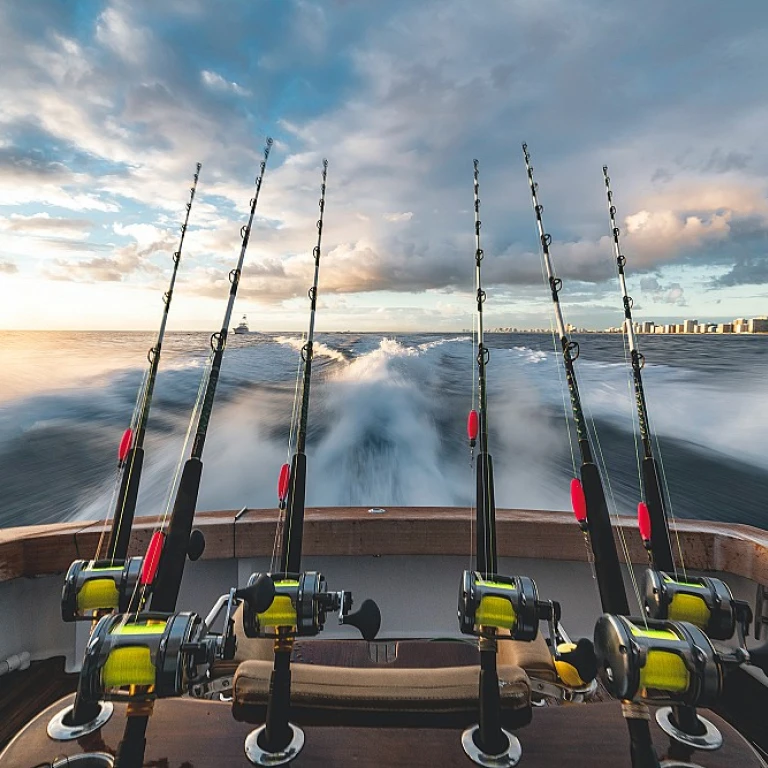
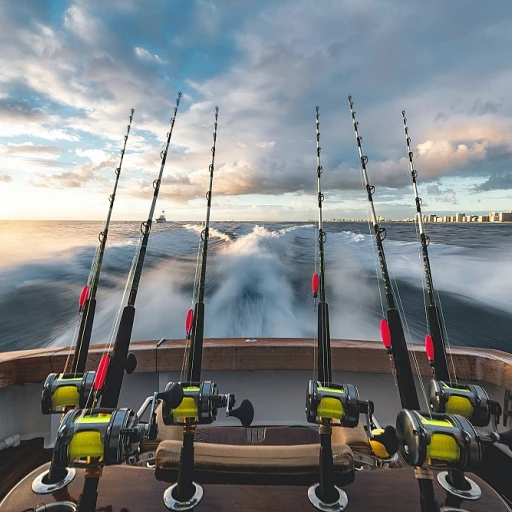

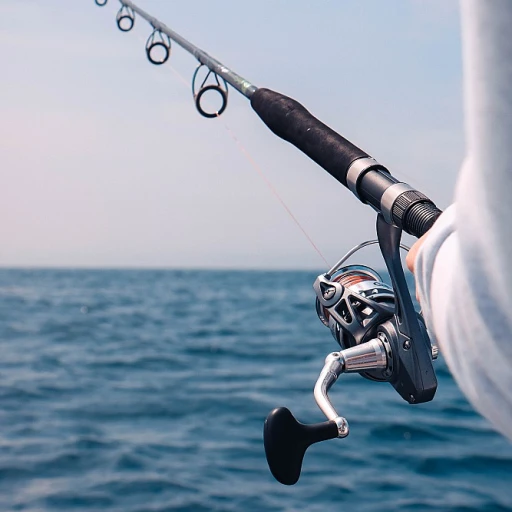



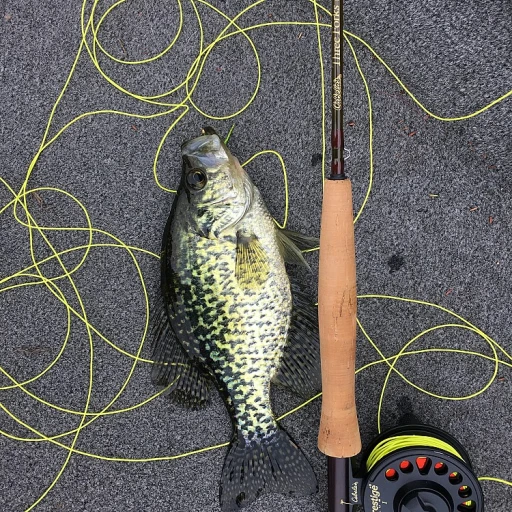
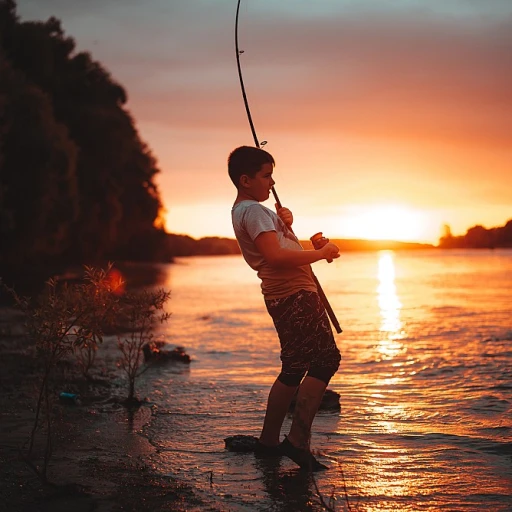
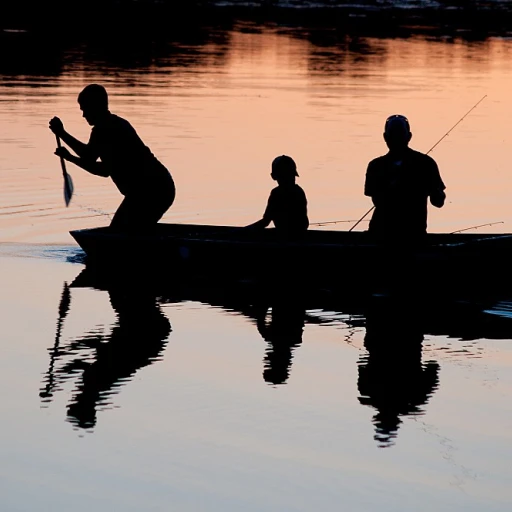

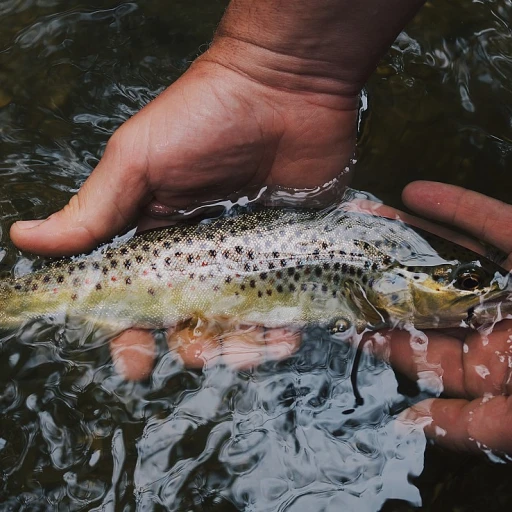
-large-teaser.webp)